Friday, 16 September 2016 11:01
Why Helmets Don’t Prevent Concussions
A couple of years ago I wrote an article about an incurable condition that can develop from the result of numerous concussions. The condition is CTE, or Chronic Traumatic Encephalopathy, which is a progressive degenerative disease of the brain found in some athletes with a history of repetitive brain trauma from numerous hits to the head.
There has been more awareness and clinical research with new findings, and there is more medical relief now because of this awareness. So, what is a concussion? Probably not what you think it is. The cutting edge of research says standard sports helmets don’t prevent it. The brain is a dynamic system, where the brain can lag behind the skull during an impact. Papers describing the material properties of the brain using various techniques show that the brain is extremely soft. Helmets protect the possibility of a fractured skull, but in actuality, have little to no protection in the prevention of a concussion.
What happens to the brain on impact is that it lags behind the skull and then catches up and moves back and forth and sort of swings from side to side (oscillates). Experts think this is true. There’s very little room in the cranial cavity, only a few millimeters, and it’s filled entirely with cerebral spinal fluid, which acts as a protective layer. And so the brain as a whole probably moves very little inside the skull.
How can concussion be prevented, and is that even possible? Most experts think that it’s not. The reason we’re able to prevent a skull fracture with helmets is because it’s pretty simple. We know how it works. A concussion is much more of a mystery. Most experts think and agree that concussion is not likely to be something that’s happening on the outer surface of the brain, but rather it’s something that’s much deeper towards the center of the brain.
Dave Camarillo, former collegiate football player for Stanford University said: “The word concussion evokes a fear these days more so than it ever has, and I know this personally. I played 10 years of football, was struck in the head thousands of times. And I have to tell you, though, what was much worse than that was a pair of bike accidents I had where I suffered concussions, and I’m still dealing with the effects of the most recent one today as I stand in front of you. Your brain is one of the softest substances in your body, and you can think of it kind of like Jell-O. So as your head is moving back and forth, your brain is twisting and turning and contorting, and the tissue is getting stretched. And so most experts, I think, would agree that concussion is not likely to be something that’s happening on this outer surface of the brain, but rather it’s something that’s much deeper towards the center of the brain.”
Dave Camarillo is a bioengineer, a professor at Stanford University, who is one of the leaders investigating the cause and effects of concussions on the brain. Most of the information I have comes from his group’s investigation into the protection of the brain and related trauma. The study moves on and he and his group have made many conclusions about protecting the head. The following is a summary of these investigations.
Helmets designed to prevent fracture are not up to the task of preventing concussions.
The good news, Camarillo says, is that it still takes a defined amount of time for the force of impact to disrupt this central wiring of your brain. “If we can slow the head down just enough so that the brain does not lag behind the skull but instead it moves in synchrony with the skull, then we might be able to prevent this mechanism of a concussion.”
The natural solution is a better helmet. Camarillo’s group is collaborating with the Swedish company Hövding, maker of an innovative bicycle helmet, on a new type of headgear. Rather than a rigid plastic shell, the Hövding bike helmet functions like an airbag worn around the neck, using the same type of sensors as Camarillo’s mouth guards to detect when a fall is likely and trigger an explosive inflation around the head, a mouth guard developed by his group that has sensors implanted in the device that can be read to determine the effects of impact to the head.
Despite promising data suggesting this type of helmet can greatly reduce the risk of concussion in some scenarios, Camarillo warns that we’re not likely to see one for sale in the U.S. anytime soon.
“It’s a pretty exciting development, but in order for us to actually realize the benefits of technology that can prevent concussion, it needs to meet regulations,” said Camarillo. The testing can take up to five years for approval by the regulators.
Both bike helmets, which must be approved by the Consumer Product Safety Commission, and football helmets, which are regulated by an industry group, are tested for their ability to prevent skull fractures, not concussions.
“That’s an important thing to do,” Camarillo says. “It can save your life, but it’s not sufficient.”
So, while Camarillo’s group is working to understand the internal mechanisms of head injuries, they’re also focused on optimizing the standard tests and techniques to account for actions that lead to concussions as well as traumatic skull fractures. “We hope that the government can use this type of information to encourage innovation by letting consumers know how protected are you with a given helmet.”
In a TED Talk (Technology, Entertainment, and Design) session Camarillo was asked: Would he feel comfortable letting his child play football or ride a bicycle? Camarillo said, “And this might be just a result of my own traumatic experience. I’m much more nervous about my daughter, Rose, riding a bicycle. So she’s a year and a half old, and she’s already, well, wants to anyway, race down the streets of San Francisco. This is the bottom of one of these streets. And so my personal goal is to -- and I believe this is possible -- is to further develop these technologies, and in fact, we’re working on something in my lab in particular that really makes optimal use of the given space of a helmet. And I am confident that we will be able to, before she’s ready to ride a two-wheeler, have something available that can in fact really reduce the risk of concussion and comply with regulatory bodies.”
I feel it’s a good thing that these issues are being addressed, now, more often than not. I think, with football, there are more rules for the safety of the athlete than ever before. I really don’t think preventing a child from playing sports, or riding a bike, is any sort of solution. One of the concerns is the detection of a concussion, I feel there needs to be a more focus on the instructional aspect in the teaching of what the symptoms might be, and the prevention of returning to the game, or practice. Caution is always a safer philosophy and judgment used by the coach and or parent; it’s imperative in being attentive to the possible dangers that can be the result of a concussion. The long-term effects of brain trauma, no matter what age, or what level they are, is more important than winning a game. To parents and youth, coaches know the consequences of head trauma and are aware of the symptoms; there can be life-long feelings of mental and physical pain.





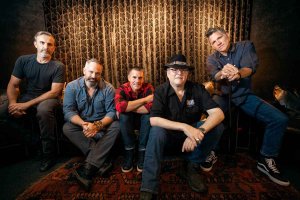
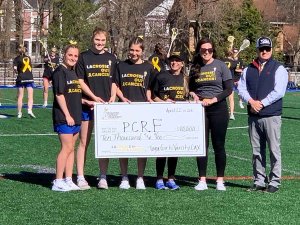

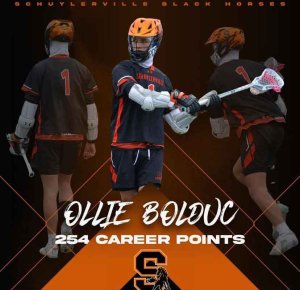


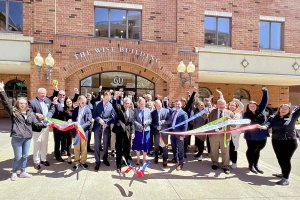



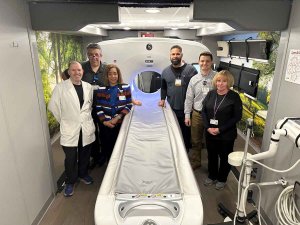








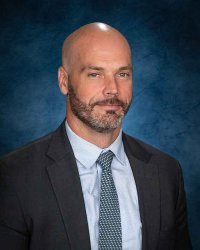




 How to resolve AdBlock issue?
How to resolve AdBlock issue? 









